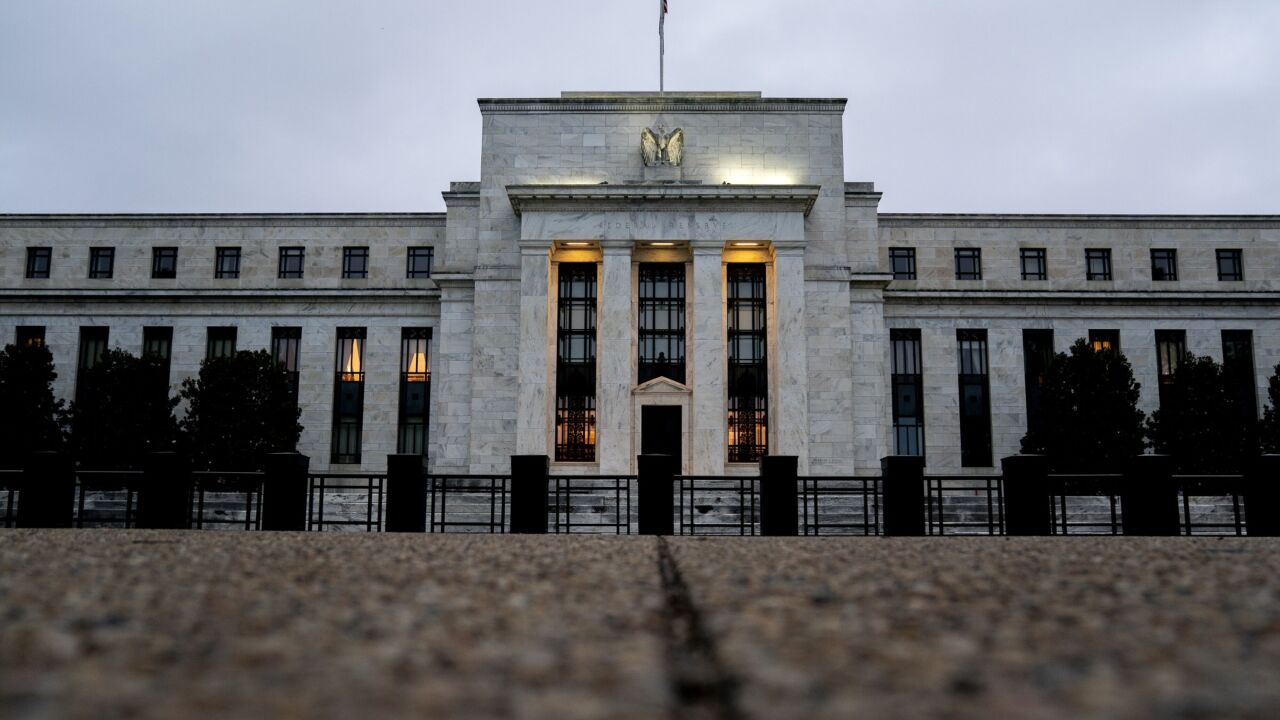Some taxi rides in Philadelphia are about 45 seconds faster now, thanks to the Philadelphia Parking Authority's decision to install contactless payment card readers in cabs.
MasterCard Inc. and the point of sale terminal company VeriFone Holdings Inc. said Wednesday that the agency expects to have installed readers in about 1,600 cabs by yearend; installations began last month and are now about half complete.
The readers, from VeriFone Transportation Systems - which is a joint venture of the San Jose terminal company and the Long Island City, N.Y., cab equipment vendor Taxitronic Inc. - accept MasterCard's PayPass contactless cards and standard magnetic-stripe cards. Previously taxi rides could only be paid for in cash.
Contactless cards are generally positioned as a cash replacement payment rather than as competing with other card payments, and this makes them a good fit for taxis, according to T.J. Sharkey, the group head for national accounts and U.S. commerce development at MasterCard. Cabs are "an under-penetrated market," he said. Making a payment with a contactless card is about 45 seconds faster than cash, and 15 seconds faster than payments made with a standard magnetic-stripe card.
Mr. Sharkey said the contactless readers offer benefits to everyone involved. For cab drivers, he said, "the more transactions they get through and the more fares they get through, it's a better bottom-line impact for them."
Casual riders also appreciate speedy payment, he said, and business travelers like the ability to use the card statement as a backup for a lost cab receipt when turning in their expense accounts.
Mr. Sharkey said he was uncertain whether the readers accept contactless cards from other card companies.
The Philadelphia Parking Authority and VeriFone approached MasterCard about setting up the taxi systems, he said, and it is too soon to say whether other cities will follow suit. Philadelphia is on par with other U.S. cities in terms of contactless card acceptance in convenience stores, fast food restaurants, and other merchant locations.
The system has three parts: the customer-facing Omni 7000 card reader, which can also take customer signatures for magnetic-stripe transactions and contactless payments over $25; the MX870, which also takes payments and gives the driver other information, such as maps and directions; and the Taxitronic TX36, a fare meter that transmits payment information and prints receipts. The TX36 communicates over the Cingular Wireless LLC cell phone network.
Theodore Iacobuzio, a managing director in the executive research office at TowerGroup Inc., the Needham, Mass., research unit of MasterCard International, said taxis are a more natural environment for contactless cards than for magnetic-stripe or cash payments.
"I've used mag-stripes in taxis before," he said. "It's cumbersome, and it takes time, and it's a pain in the neck. And paying a taxicab driver in cash is also a pain in the neck."
The goal for contactless cards has always been to eat away at small cash transactions, he said. The use of cash is not declining as paper checks are, he said, but MasterCard and others can successfully promote cashless payments in some environments.
The time savings, though less than a minute, is extremely meaningful for cab drivers or anyone who takes payments, Mr. Iacobuzio said. "Forty-five seconds, I believe, in a retail context is huge," he said.
And the technology is already proven in transportation settings, he said. London and Singapore, for example, use contactless cards to accept subway and bus fares, and New York is testing such a system.





